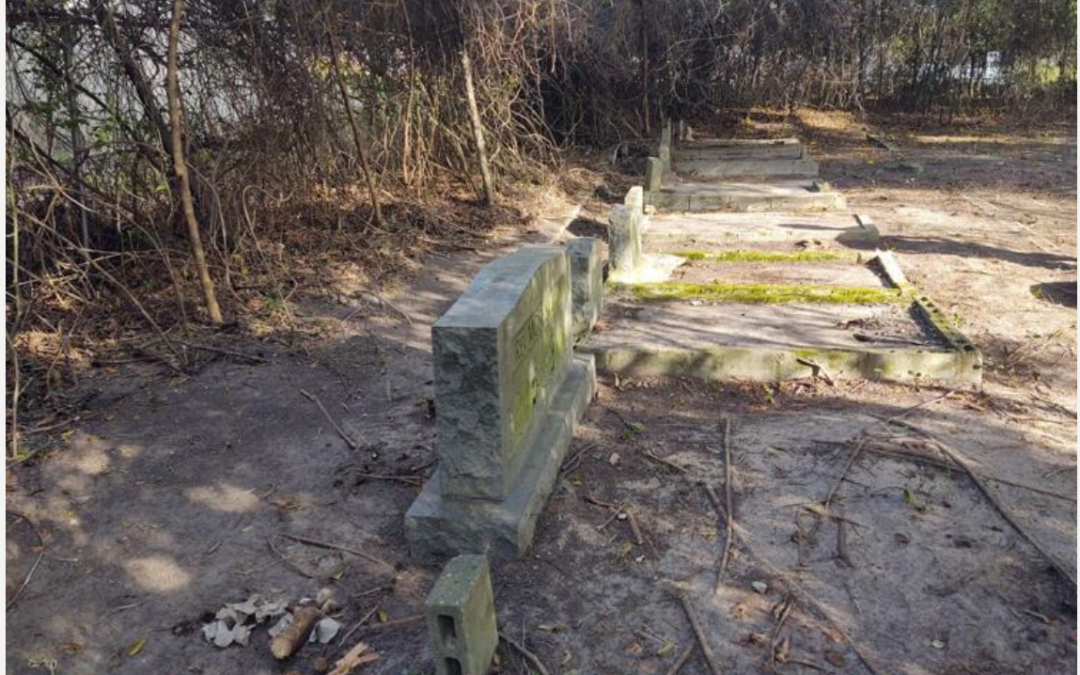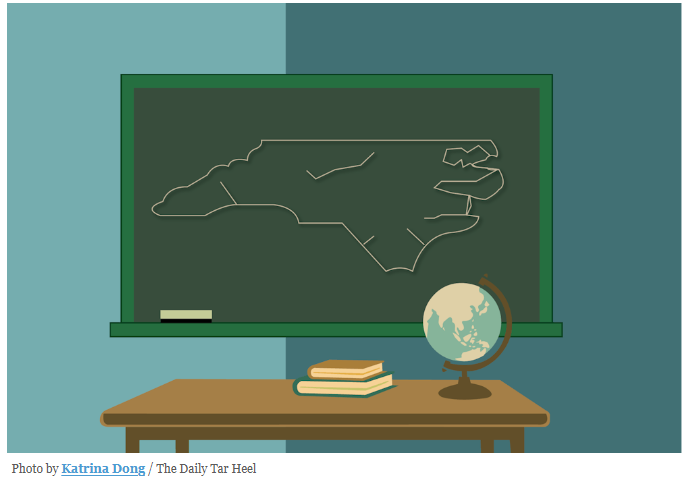SOUTH CAROLINA: City Attempts to Locate 7 Lost Black Cemeteries
CAYCE — A city initiative has uncovered at least seven Black cemeteries with historical significance after year-long search that represented the lead phase of the project.
Now, the city in northeastern Lexington County directly across the Congaree River from Columbia is looking toward the next step in preserving the sites and memorializing those buried there.
“This is a great first step and we’re happy with it,” Cayce Museum Curator Andy Thomas said. “There’s a lot to be done. When you’re talking about historic sites or preservation or anything like that, it’s a long-term process.”
The idea for the cemetery project came from a combination of Cayce residents passionate about cemetery restoration, a grant opportunity and the push from the museum to better represent Cayce’s Black history, City Manager Tracy Hegler said when the project began a year ago.
In late 2022, Cayce received a grant from the National Park Service. With two known historic Black cemeteries in the city, both somewhat overgrown, Cayce officials wanted to know what other gravesites might be hidden among shrubs and modern infrastructure.
The city contracted with the infrastructure, environmental and social development company Stantec. Funded by the $15,000 NPS grant and $15,000 of the city’s money, Stantec researched maps, deeds, photographs, newspapers, census records and Cayce resident stories.
In January 2023, representatives from Stantech met with Cayce residents. In an hour-long gathering, about 30 people called out names of their ancestors buried in Cayce and locations where they believed lost Black cemeteries might be.
Nine months later, Stantech representatives returned to report its findings.
“We identified seven African American cemeteries, … four which may have had some African American burials within the city limits,” said Stantech Researcher Kimberly Hinder. “We’ve recorded them on archaeological and architectural survey forms and submitted them to the Department of Archives and History.”
In an Oct. 3 presentation to city council, Hinder detailed the firm’s findings.
At St. Ann I Cemetery, Stantech found 62 burials, both marked and unmarked, ranging from 1915 to 2005.
Originally used as a cemetery for enslaved people on the Arthur Plantation, St. Ann II Cemetery now holds known 33 burials ranging from years 1915 to 2007, Hinder reported.
A third cemetery associated with St. Ann’s Church located along Wilkinson had no markers or grave depressions, but property records indicate the site was used as a burial ground.
Additionally, Hinder reported the Taylor-Seaboard Cemetery near Steel Hands Brewing with 30 graves ranging from 1906 to 1956, and the nearby Arthur Cemetery, which was primarily used to bury White plantation owners but may have additionally been used to bury enslaved people who worked on the plantation, Hinder said. Stantec identified two burials with no ties to the Arthur family on the site.
The Guignard Cemetery alongside the Congaree River holds at least 12 Black people buried between 1916 and 1944, but was developed with houses after 2001.
The Mt. Pisgah Cemetery, located off of Fish Hatchery Road, is still in use and is owned and operated by Mt. Pisgah AME Church. With more than 200 gravesites, the oldest marked grave dates back to 1905, Hinder said.
Stantech also found a dozen death certificates between 1918 and 1981 for Mount Pleasant Cemetery along Sixmile Creek.
Finally, Hinder reported three Black cemeteries, the Cayce, Seibels and Hane cemeteries, in the Granby community on the Martin Marietta quarry property. Between 1754 and 1818, Granby was the primary trading center on the Congaree River. Whether enslaved members of the community were buried alongside the White members remains unclear. Because of quarry operations, whether any additional burials are in the area remains impossible to tell, Hinder said.
The Arthur and Granby-Cayce cemeteries, two of the oldest uncovered sites, were identified as eligible for listing in the National Register, Hinder said.
“We are recommending ground-penetrating radar for most of the sites in order to determine the number of burials and the boundaries of the cemetery,” Hinder said.
With a new load of information, Cayce is navigating the next steps in preserving the cemeteries and memorializing those buried there.
“We just received the report last week, and we really need some time to process it and think about what direction we’re going to go,” Thomas said.
–postandcourier.com



